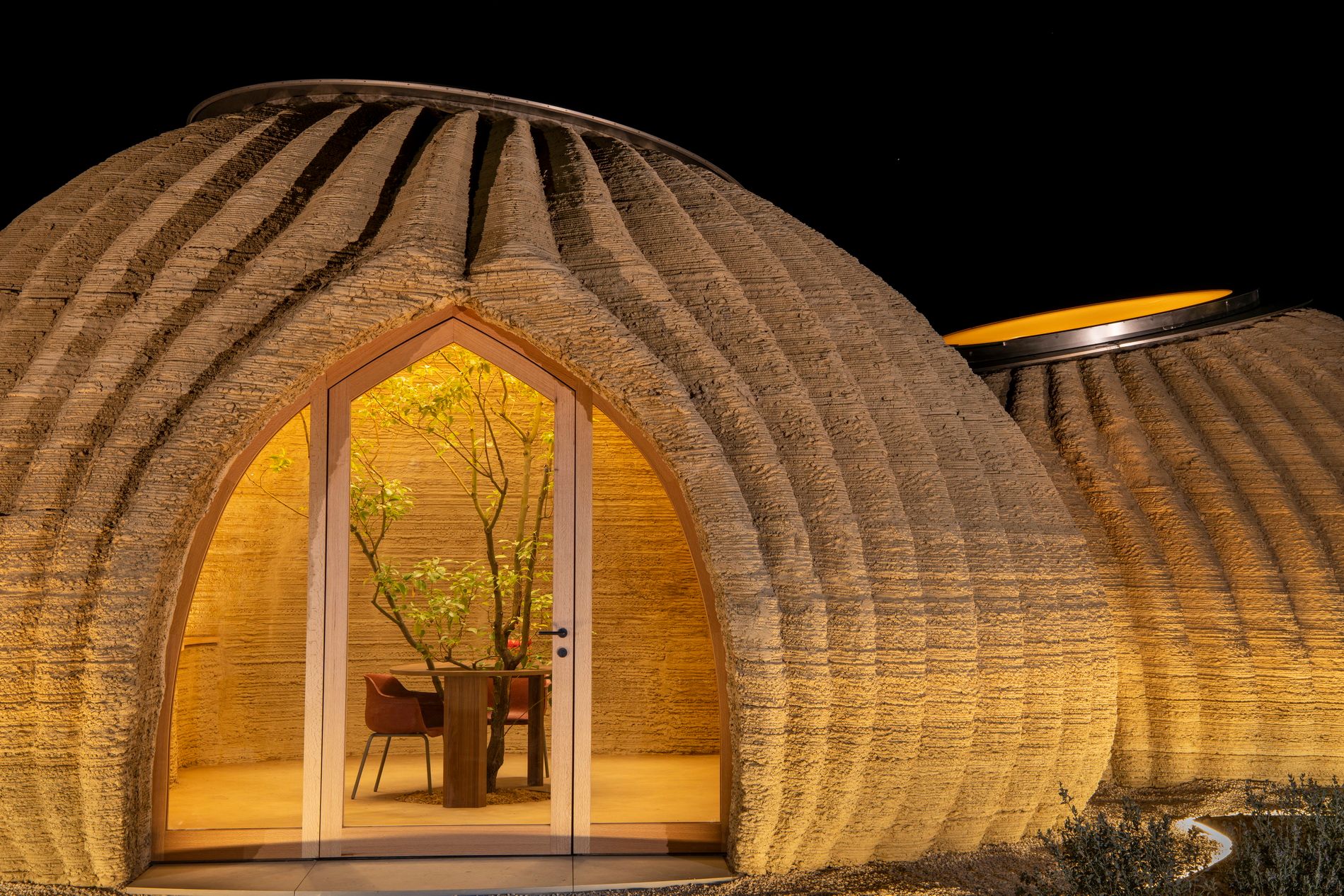
In the race to build more sustainably, the construction industry is reimagining its relationship with materials. One of the most exciting frontiers in this transformation doesn’t come from a lab or factory; it comes from nature itself. Mycelium, the root-like network of fungi, is emerging as a powerful ally in creating the next generation of building materials that are not only strong and lightweight but also regenerative and biodegradable.

Mycelium is the underground vegetative structure of fungi, composed of fine, thread-like filaments called hyphae. It forms vast networks beneath forests, decomposing organic matter and facilitating nutrient exchange between plants. This naturally occurring system of growth, repair, and regeneration has inspired scientists, designers, and engineers to harness its potential as a living building material.
When cultivated under controlled conditions, often using agricultural waste such as sawdust, straw, or hemp hulls, mycelium can be grown into specific shapes and densities. Once it reaches the desired form, it’s heat-treated to stop growth, resulting in a lightweight, strong, and fire-resistant composite material.
The construction sector is responsible for nearly 37% of global carbon emissions, much of which stems from energy-intensive materials like concrete, steel, and bricks. Mycelium-based materials, by contrast, require minimal energy to produce, absorb carbon dioxide during growth, and return to the earth harmlessly at the end of their lifecycle.
Here’s what makes mycelium such a game-changer:
Architects and innovators are already integrating mycelium into construction prototypes and pilot projects around the world:
In the future, mycelium bricks, tiles, and structural composites could redefine how we think about construction, where materials aren’t just built, but grown.
Mycelium’s use in construction goes beyond sustainability; it signals a shift toward biofabrication and regenerative design. Instead of extracting and processing resources, we can grow our materials locally and organically. This paradigm fosters collaboration between disciplines: biologists, architects, material scientists, and construction experts are working together to bridge nature and technology.
Moreover, as climate resilience becomes a central concern, materials like mycelium offer a new design language, one that adapts, renews, and coexists with the environment rather than exploiting it.
Despite its promise, mycelium still faces hurdles before mainstream adoption. Structural strength, scalability, moisture sensitivity, and regulatory approval are ongoing research areas. However, innovation in genetic engineering, hybrid composites, and additive manufacturing (3D printing with mycelium) is quickly addressing these limitations.
As research evolves, it’s not far-fetched to imagine mycelium-based insulation panels, modular bricks, or even self-healing façades becoming part of the construction norm within the next decade.
The story of mycelium in construction isn’t just about sustainability; it’s about reimagining our material world. It represents a symbiosis between nature and human innovation, where buildings could one day grow, heal, and decompose like living organisms.
In embracing mycelium, the construction industry has the chance to evolve beyond sustainability to a truly regenerative future, where every structure gives back more than it takes.
Alemu, D., Tafesse, M., & Mondal, A. K. (2022). Mycelium-Based Composite: the future sustainable biomaterial. International Journal of Biomaterials, 2022, 1–12. https://doi.org/10.1155/2022/8401528
Candido, A., Amiri, A., Junnila, S., & Pittau, F. (2024). Mycelium-wood composites as a circular material for building insulation. Frontiers in Sustainable Cities, 6. https://doi.org/10.3389/frsc.2024.1412247